Case Number : Case 3051 - 17 March 2022 Posted By: Saleem Taibjee
Please read the clinical history and view the images by clicking on them before you proffer your diagnosis.
Submitted Date :
85F Excision left malar region ?lentigo maligna melanoma

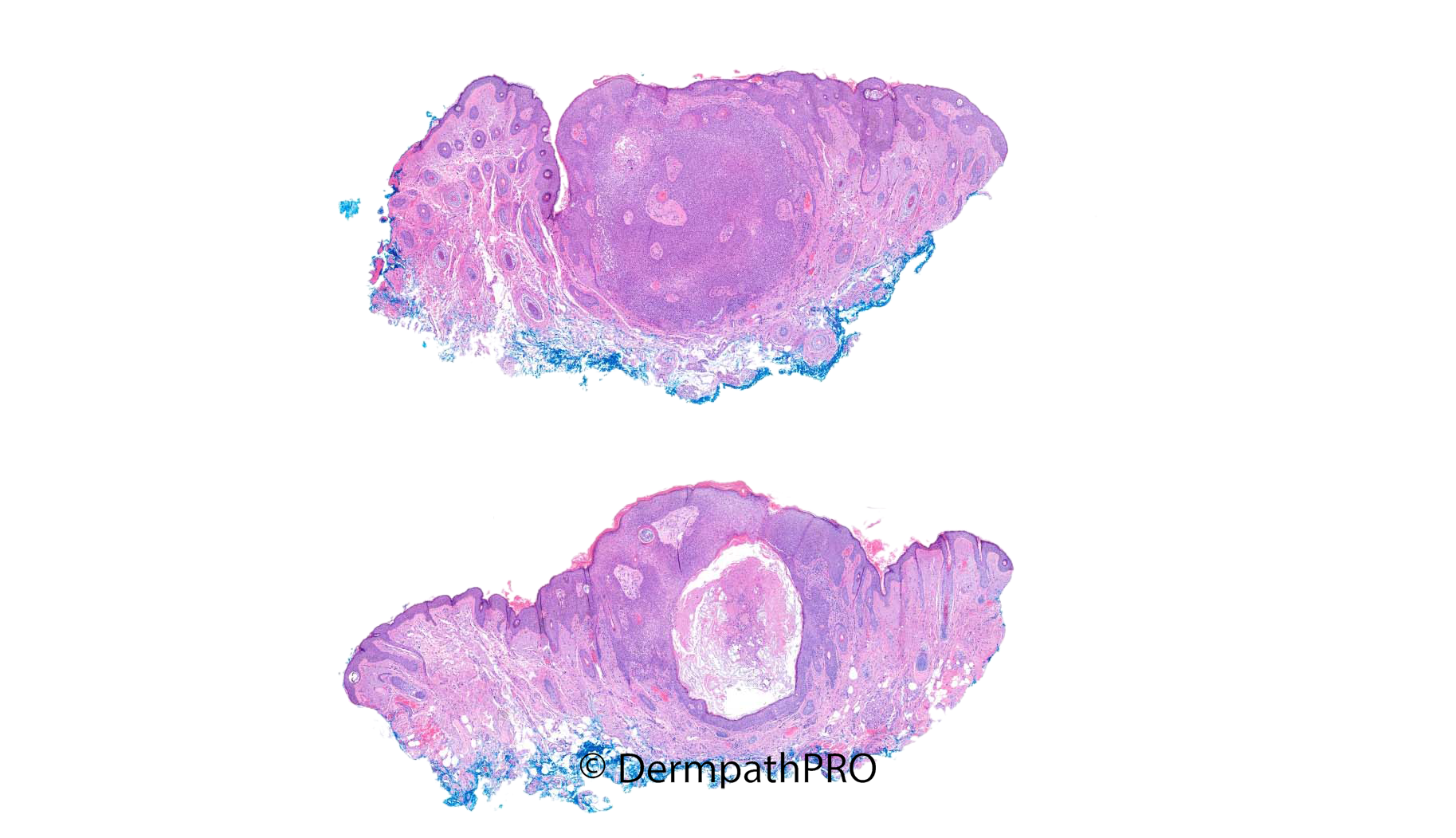
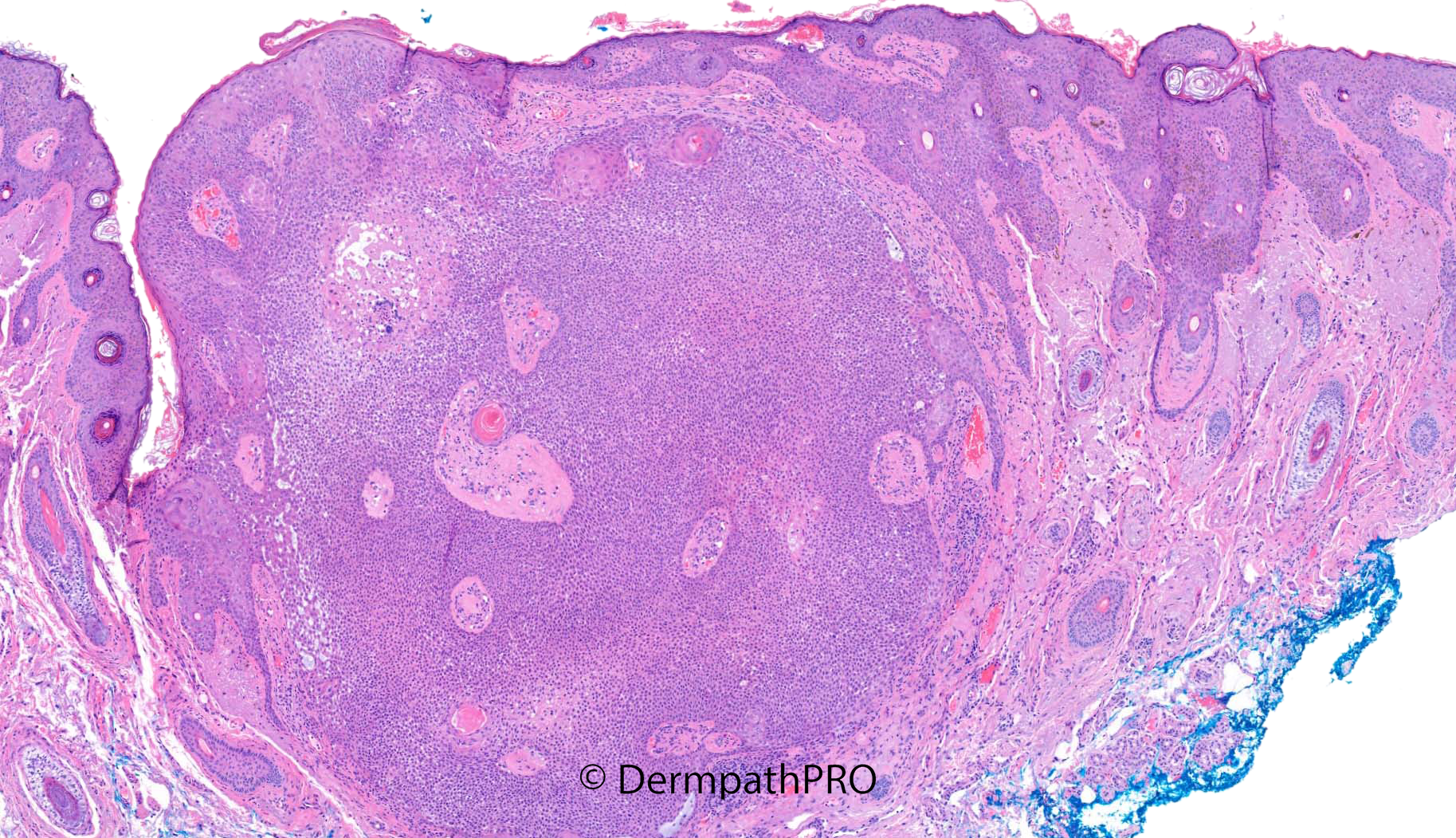
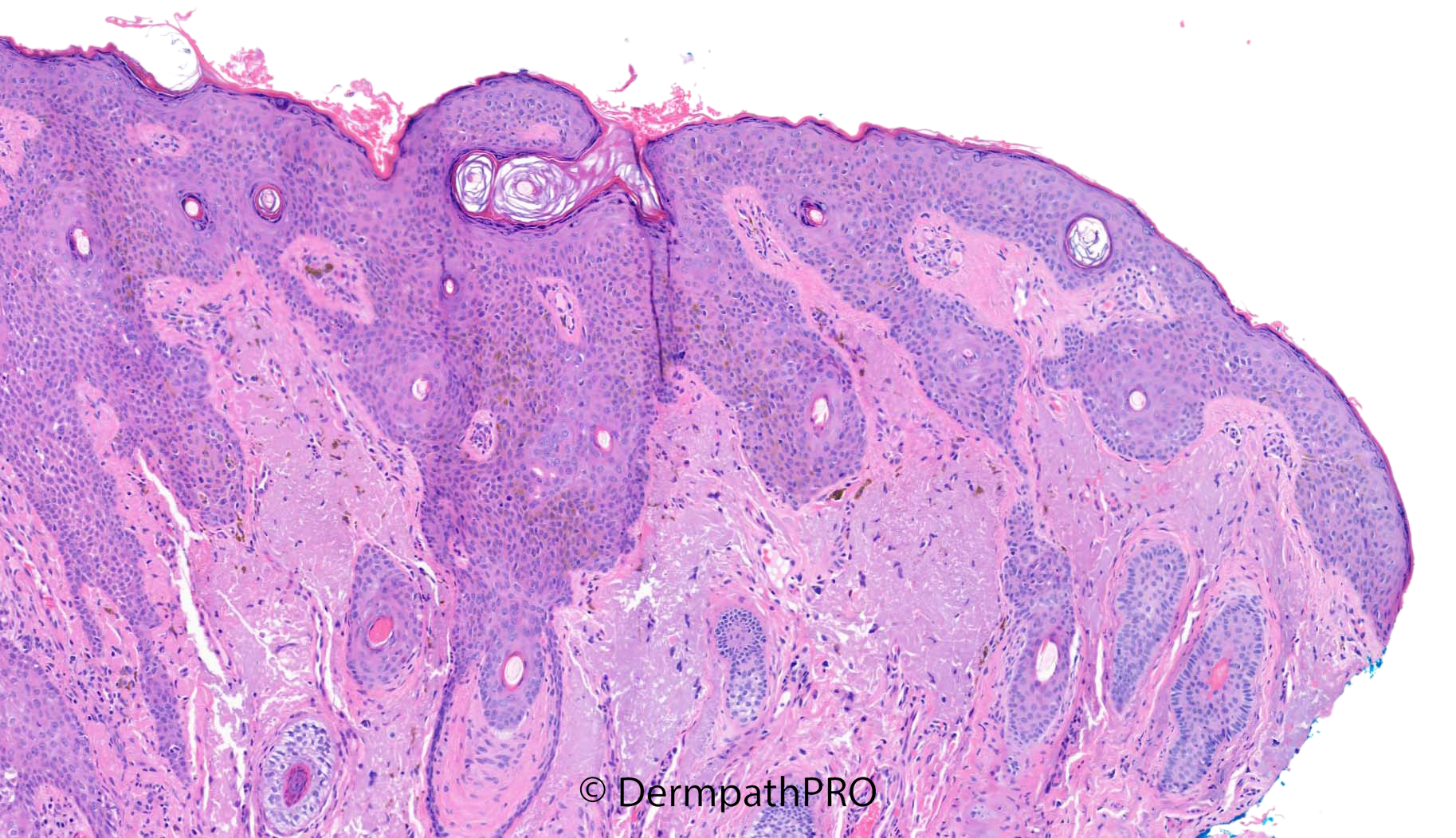
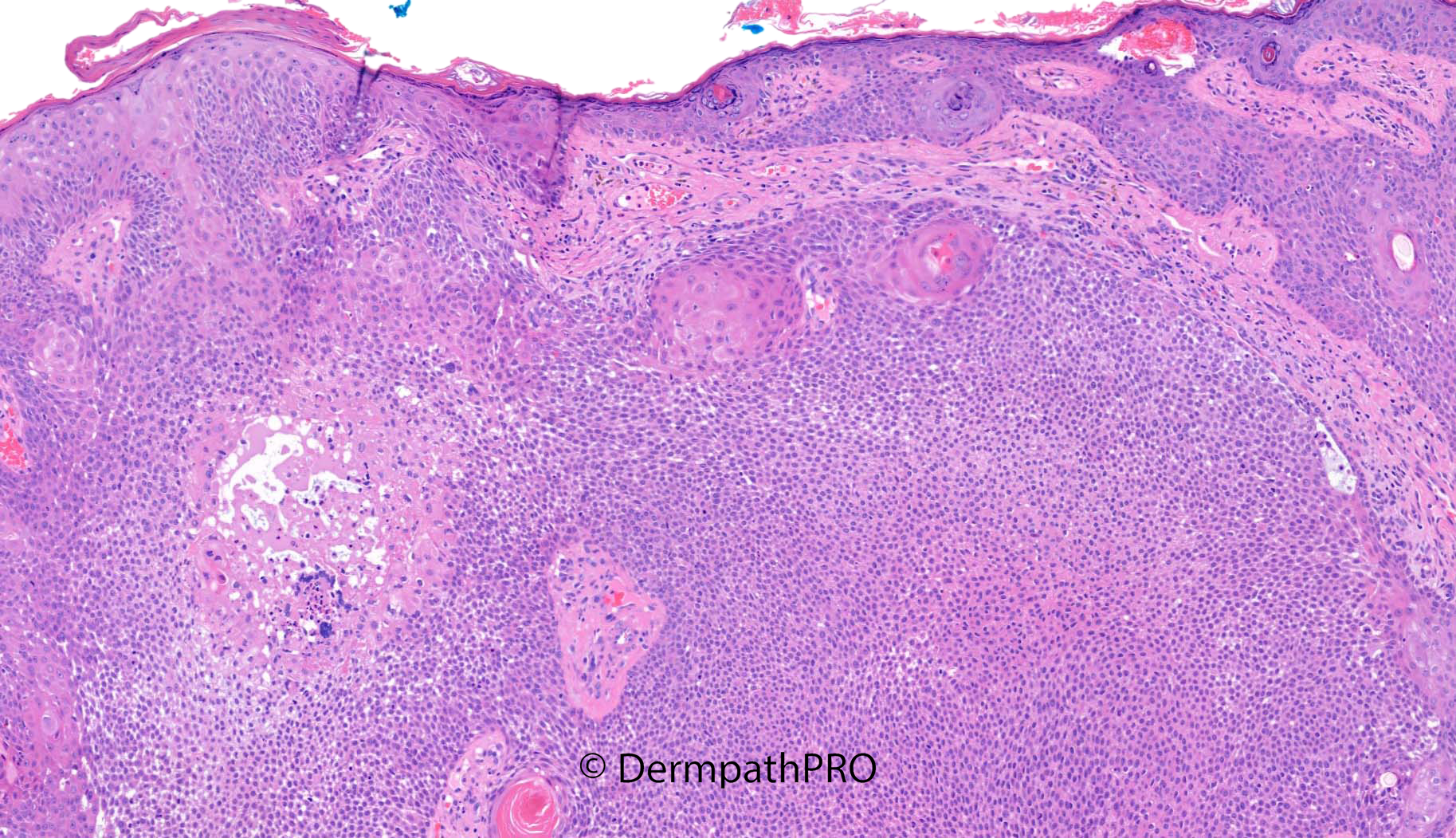
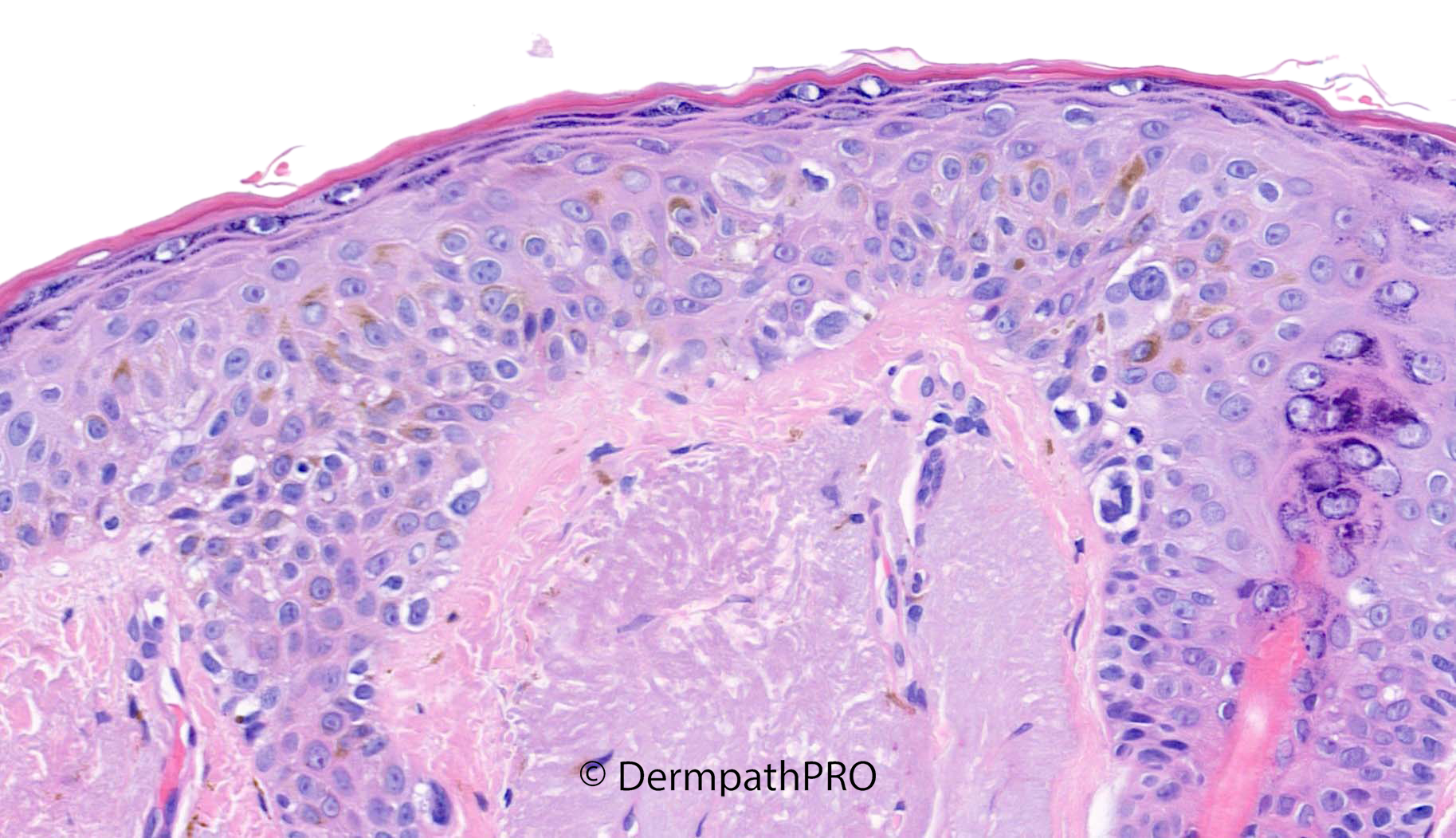
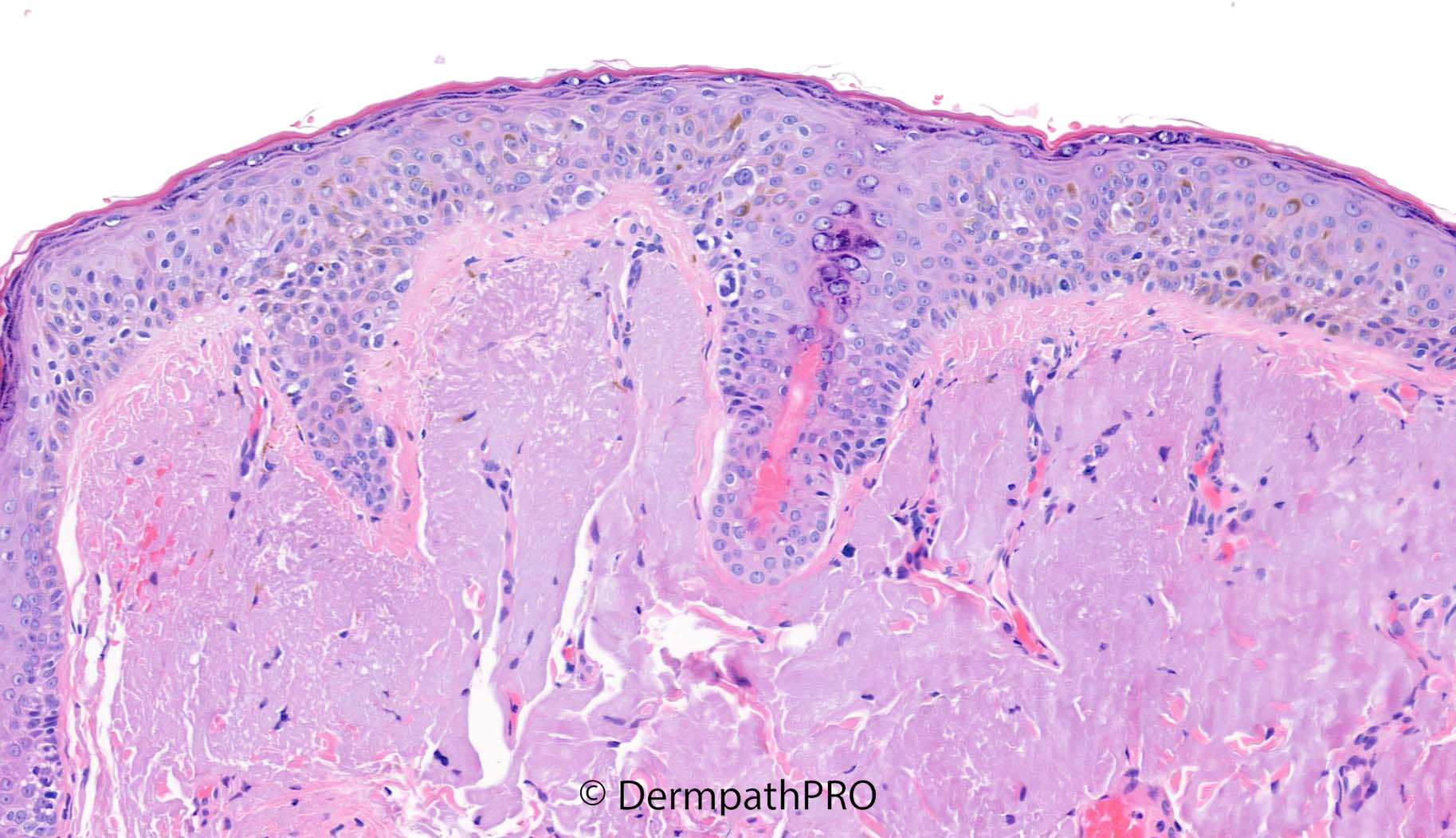
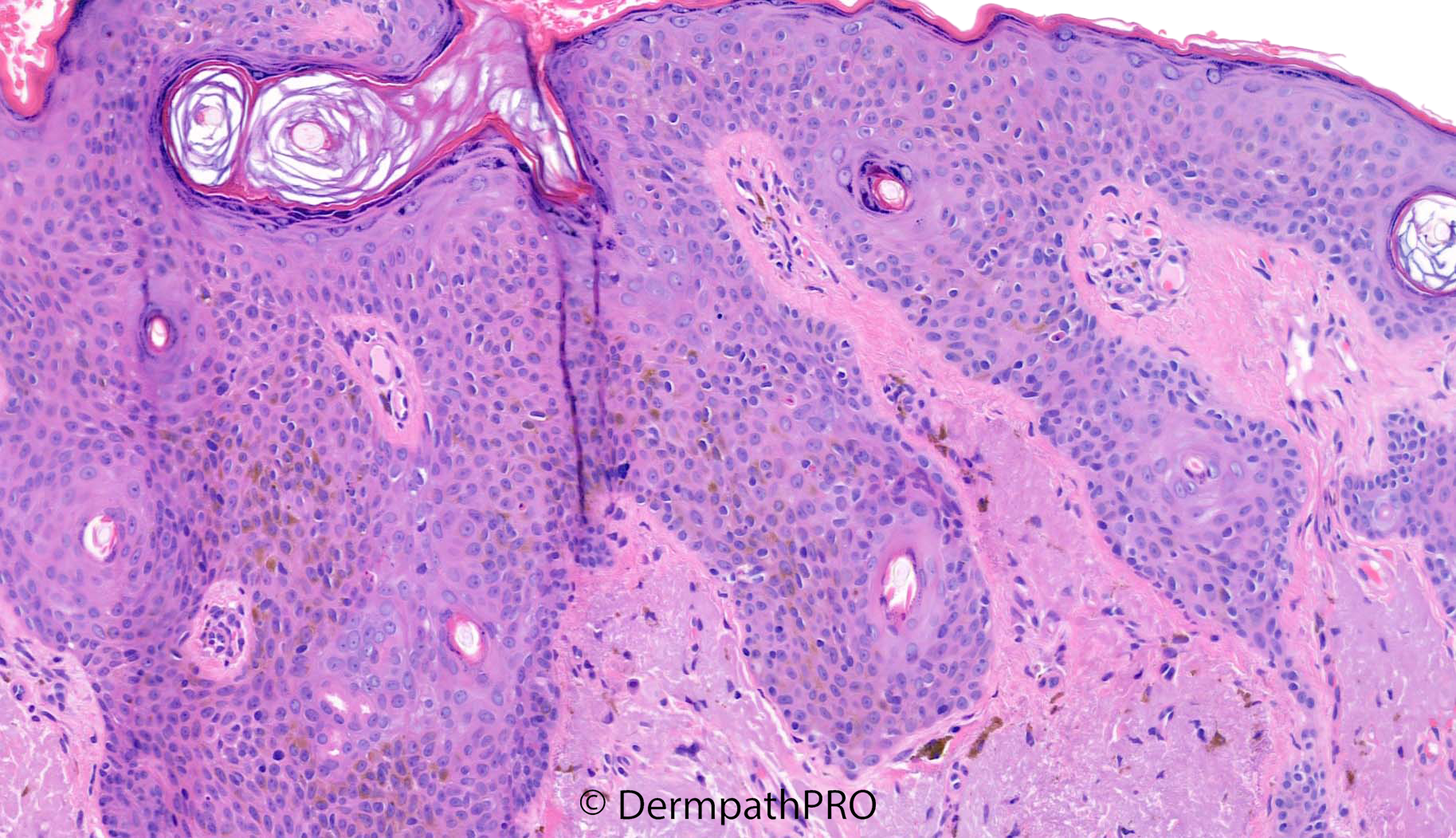
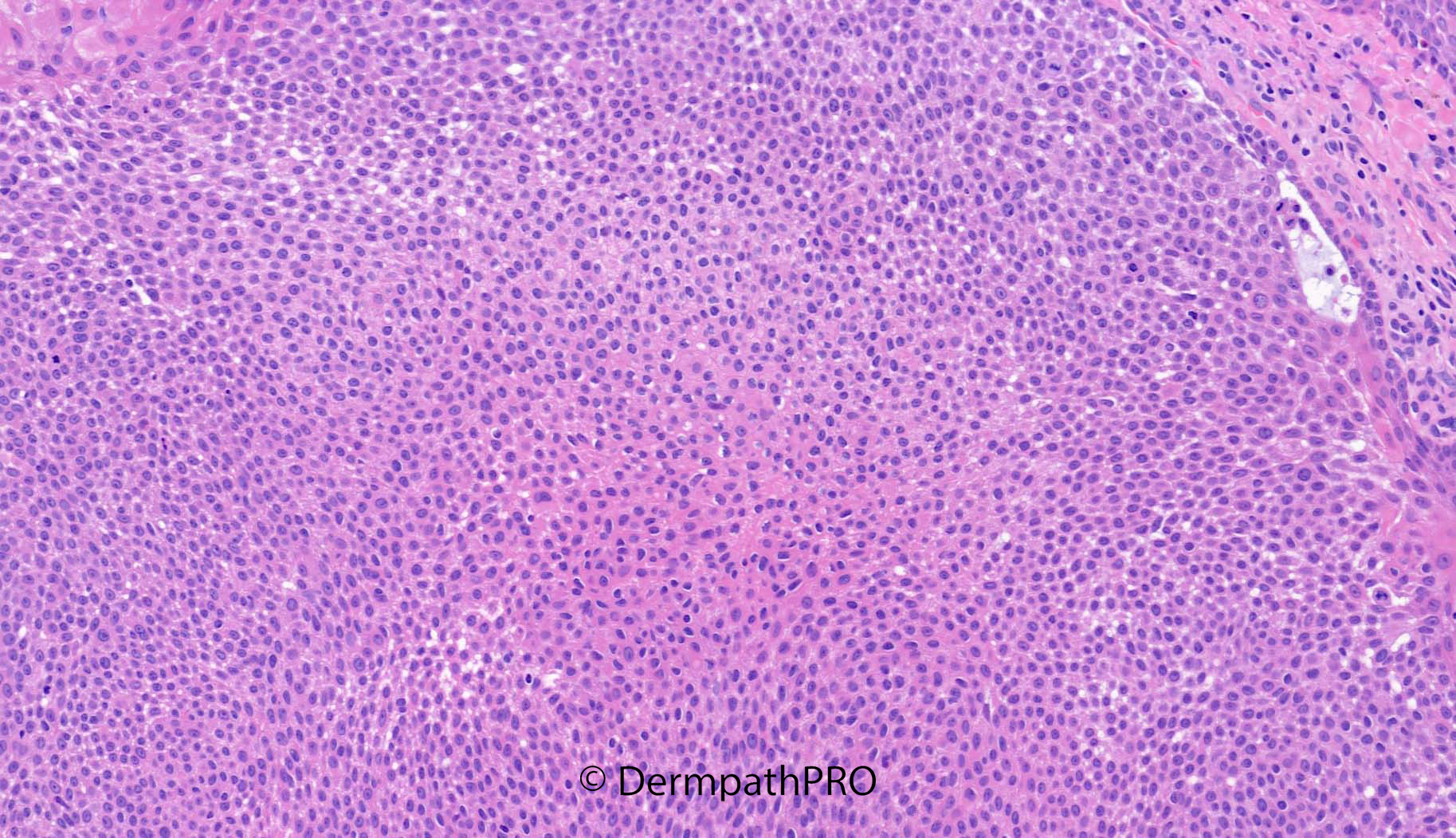

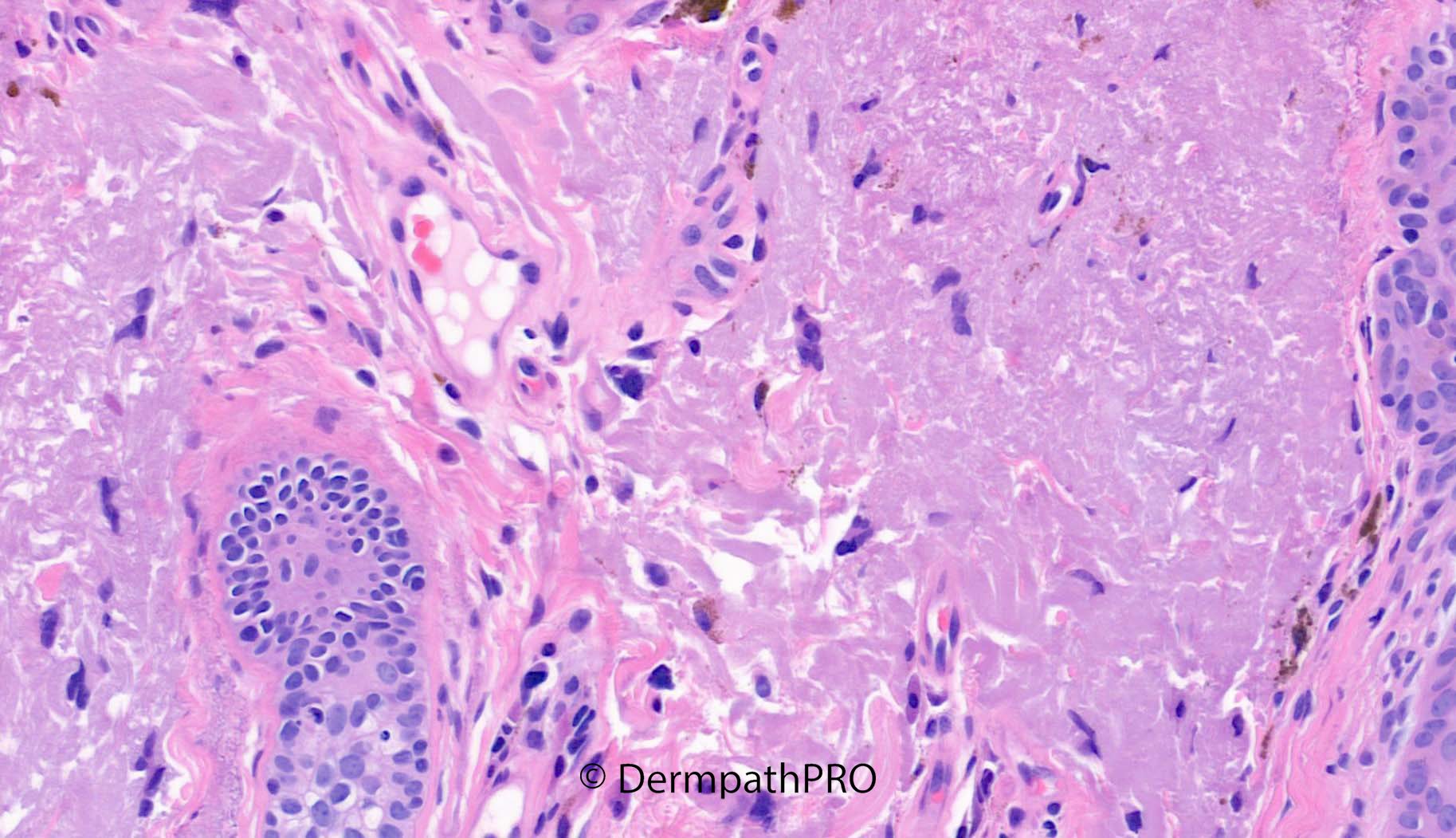
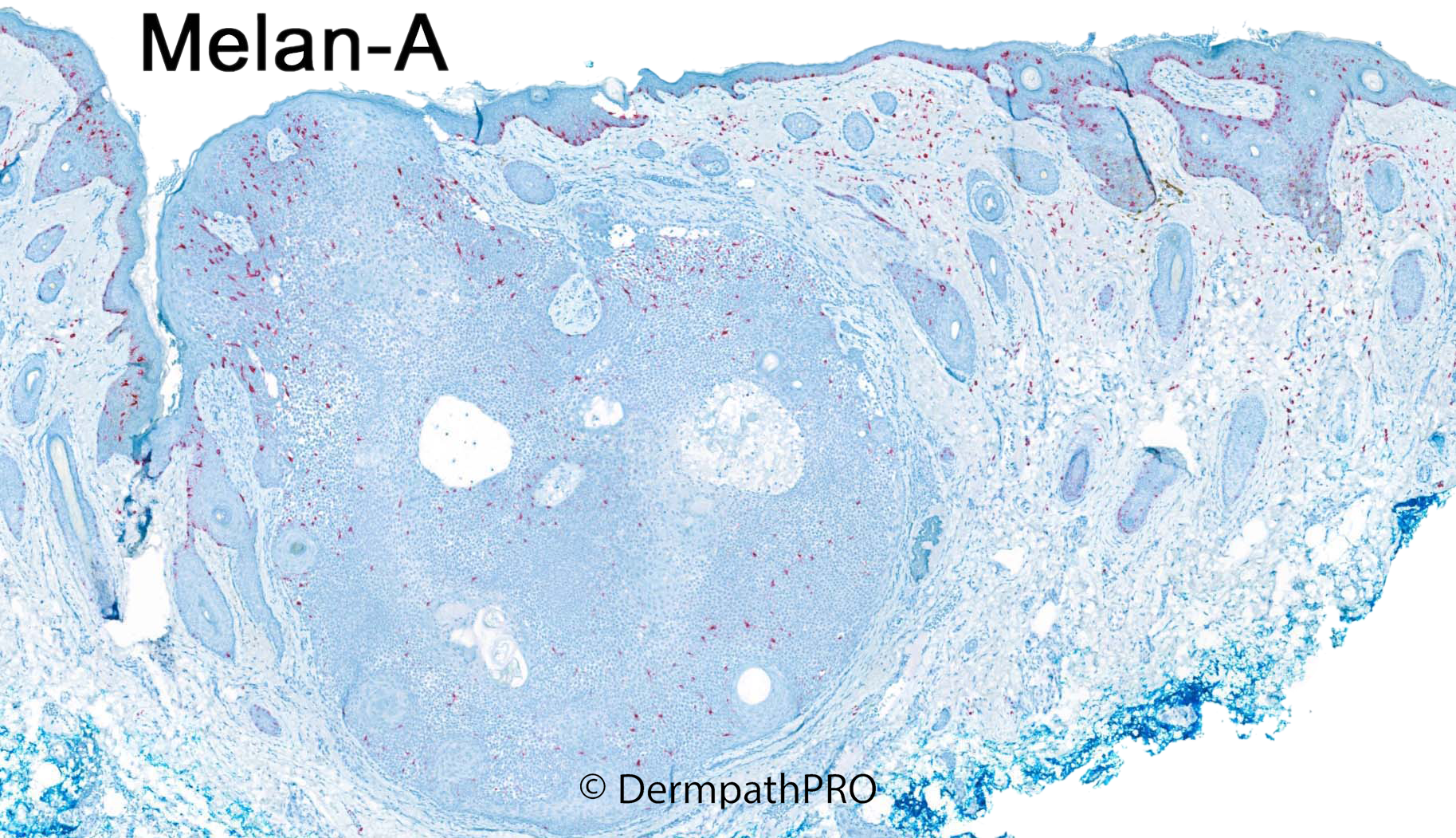

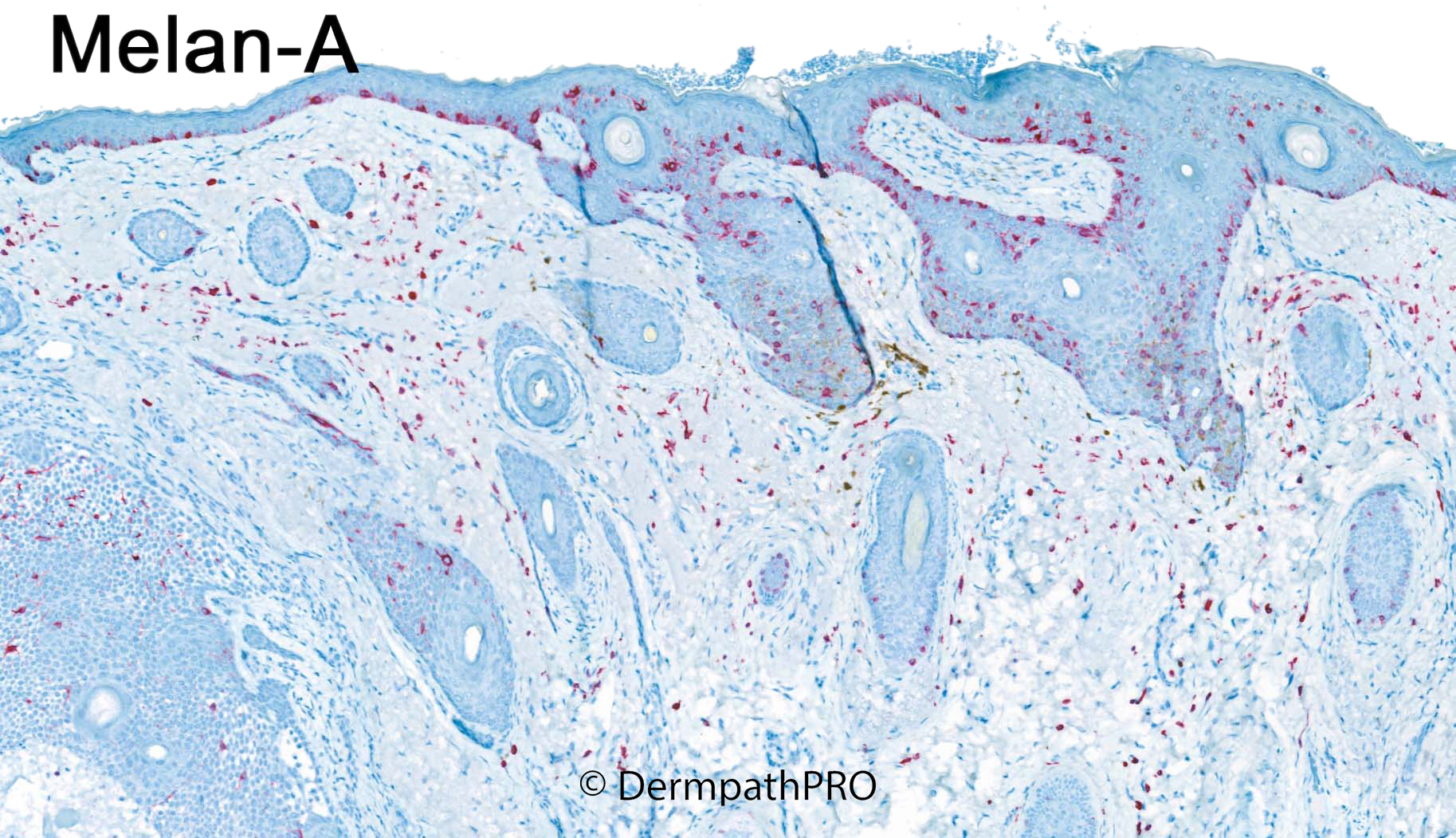


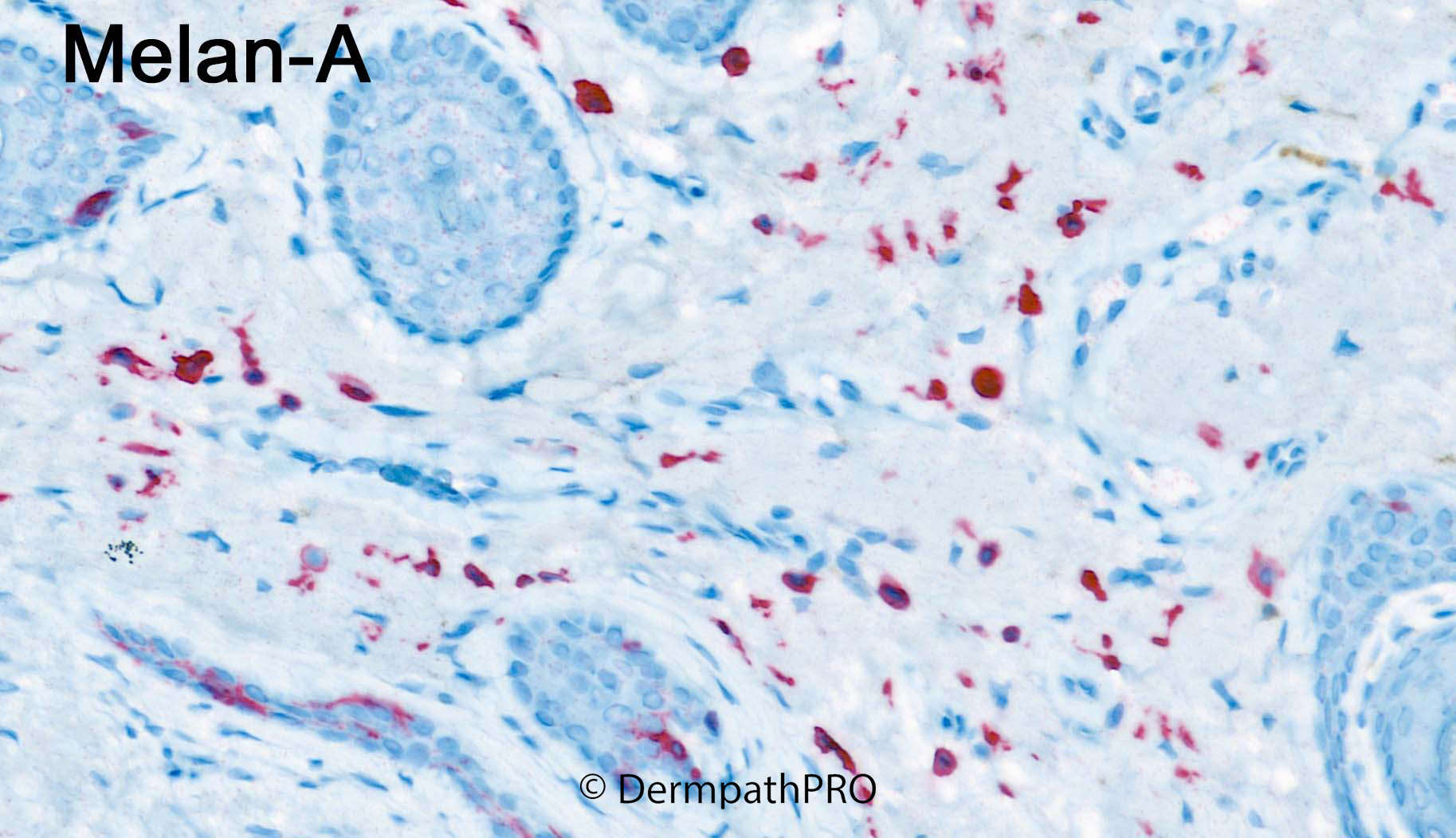

Join the conversation
You can post now and register later. If you have an account, sign in now to post with your account.